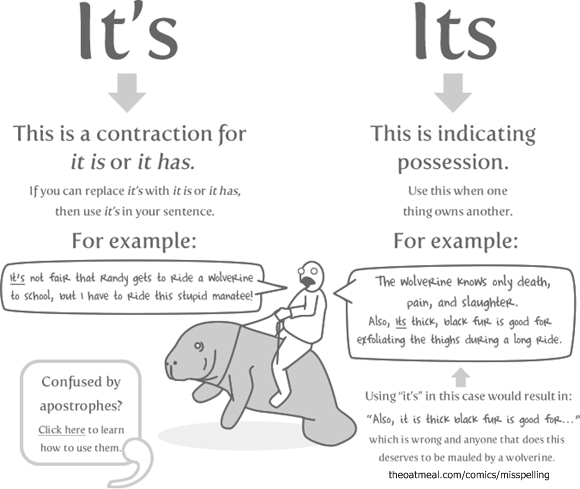As TESOL teachers, grammar and spelling are central to our daily work. But even seasoned educators encounter commonly misspelled words that can trip up students and teachers alike. A strong grasp of spelling ensures professionalism and clarity in teaching English as a second language. Here’s a review of the top ten words you and your students should stop misspelling, along with tips for teaching these words effectively.
1. Their, There, and They’re
These homophones are a classic source of confusion:
- Their: Possessive (“Their books are on the table.”)
- There: Location (“The park is over there.”)
- They’re: Contraction of “they are” (“They’re going to the store.”)
Teaching Tip: Create a fun sorting game where students categorize sentences into the correct usage.
2. Your vs. You’re
- Your: Possessive (“Your lesson plan is excellent.”)
- You’re: Contraction of “you are” (“You’re doing a great job.”)
Teaching Tip: Use mnemonic devices such as “You’re equals You are” to reinforce the distinction.
3. Its vs. It’s
- Its: Possessive (“The dog wagged its tail.”)
- It’s: Contraction of “it is” or “it has” (“It’s a beautiful day.”)
Teaching Tip: Remind students that “it’s” always means “it is” or “it has” and cannot be possessive.
4. Affect vs. Effect
- Affect: Verb (“The weather will affect our plans.”)
- Effect: Noun (“The speech had a profound effect on the audience.”)
Teaching Tip: Use the phrase “Affect is an Action” to help students remember.
5. Then vs. Than
- Then: Refers to time (“We went to the store, then we went home.”)
- Than: Used for comparisons (“She is taller than her brother.”)
Teaching Tip: Practice with paired sentences like “First we studied, then we played” vs. “I like pizza more than burgers.”
6. Lose vs. Loose
- Lose: Verb meaning to misplace or be defeated (“Don’t lose your keys.”)
- Loose: Adjective meaning not tight (“This shirt is too loose.”)
Teaching Tip: Highlight the extra “O” in “loose” to signify openness or looseness.
7. Definitely vs. Defiantly
- Definitely: Without doubt (“I will definitely attend the meeting.”)
- Defiantly: Boldly resistant (“He spoke defiantly to the authority.”)
Teaching Tip: Share humorous examples where misuse creates misunderstandings.
8. Accept vs. Except
- Accept: To receive (“I accept your apology.”)
- Except: Exclusion (“Everyone except John is present.”)
Teaching Tip: Use role-playing activities where students decide whether to “accept” or “except” certain items.
9. Principle vs. Principal
- Principle: Fundamental truth (“Honesty is a key principle.”)
- Principal: Leader or main (“The school principal greeted the students.”)
Teaching Tip: Remember “The principal is your pal” to emphasize the role of a leader.
10. Separate
- Often misspelled as “seperate,” the correct spelling is “separate” (“Please separate the papers into two piles.”).
Teaching Tip: Break the word into syllables (“sep-ar-ate”) and use visual aids to reinforce the spelling.
Fun Classroom Activities to Combat Misspelling
- Spelling Bees: Create a friendly competition to challenge students on these common errors.
- Fill-in-the-Blank Games: Use sentences where students select the correct spelling.
- Creative Writing Assignments: Ask students to write short stories using these tricky words correctly.
- Interactive Quizzes: Leverage online tools to make learning dynamic and engaging.
Why It Matters
Accurate spelling builds confidence, credibility, and effective communication. As TESOL teachers, mastering these commonly misspelled words not only enhances our professional image but also empowers our students to achieve their best.
Encourage your students to practice these words and share their successes. Together, we can make spelling errors a thing of the past!



